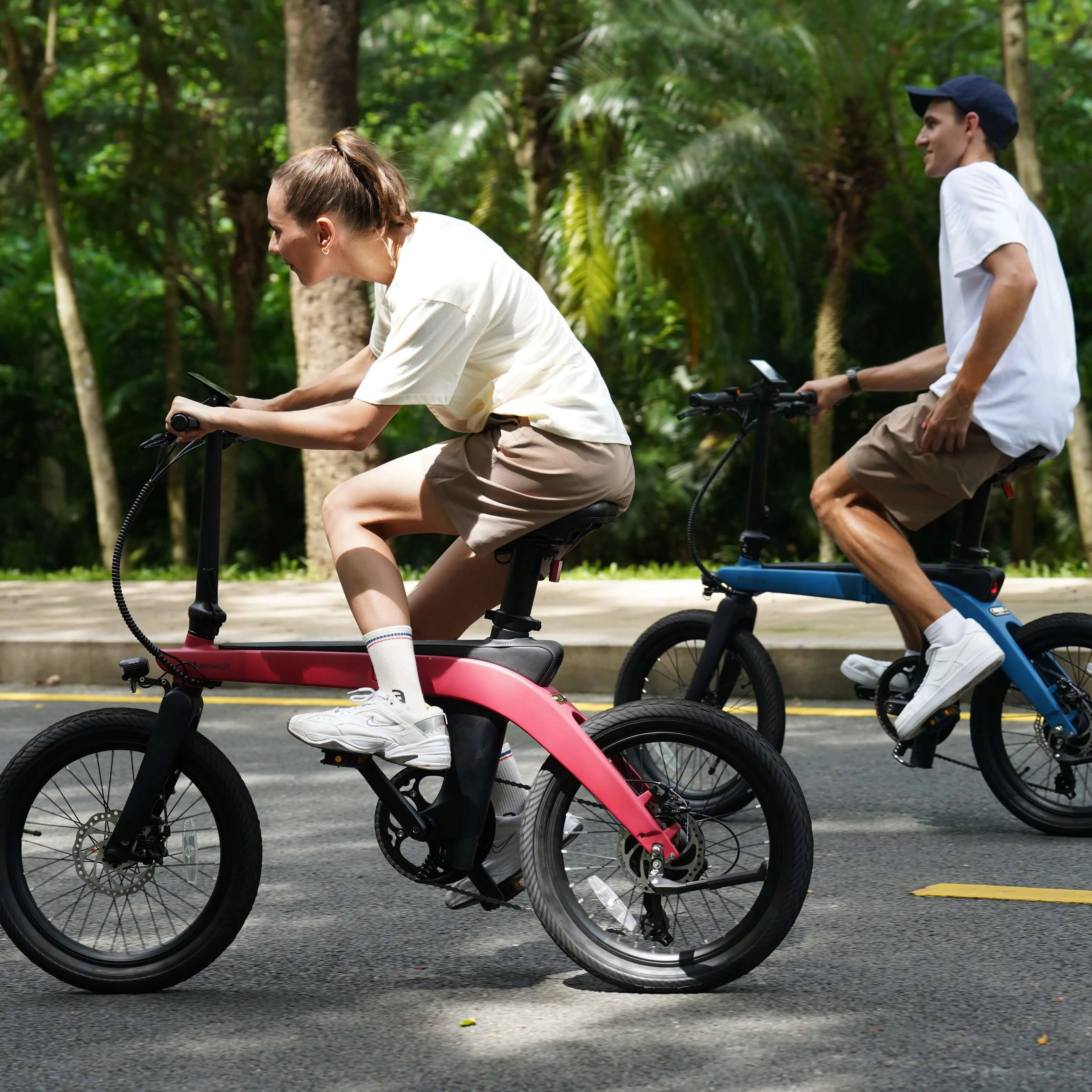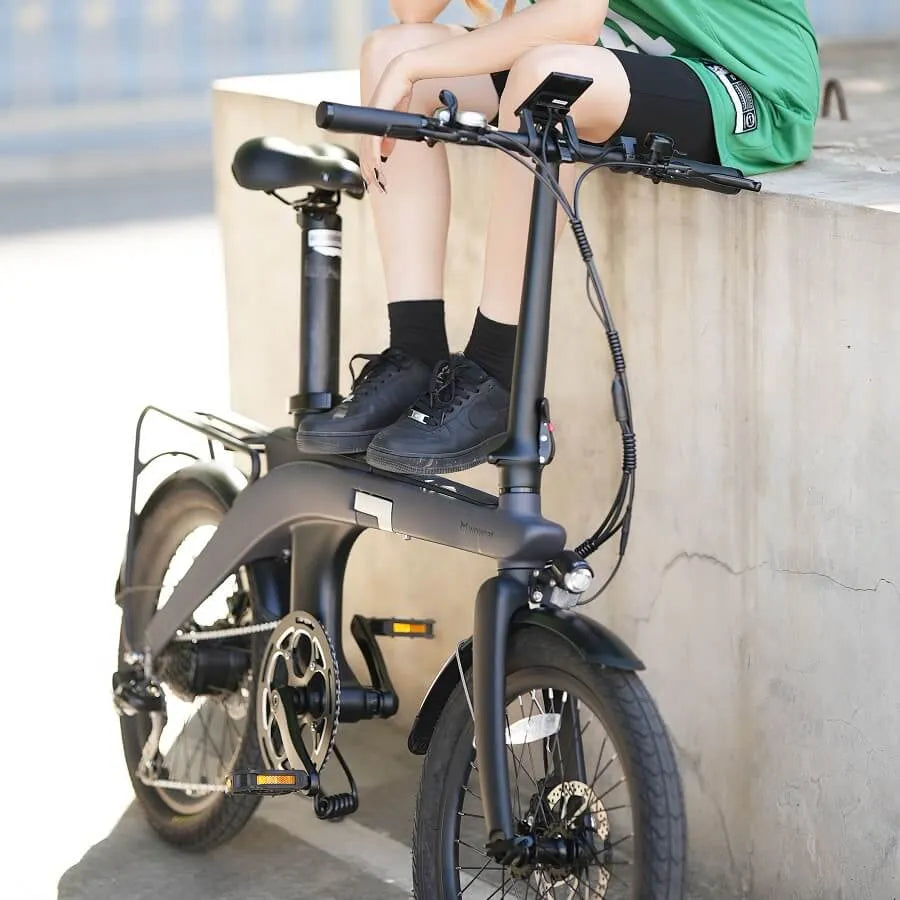Cycling in the rain demands a unique blend of skill, caution, and preparedness. As the clouds gather and the first raindrops fall, avid cyclists know that adapting to the wet conditions is essential for a safe and enjoyable ride. In this comprehensive guide, we'll explore 15 detailed tips to help you navigate the challenges of riding in the rain, covering everything from gear choices to advanced riding techniques.

1. Weather Monitoring and Planning:
Keep an eye on weather forecasts before heading out. Knowing the intensity and duration of the rain will help you plan your ride accordingly.
2. Invest in Quality Rain Gear:
Equip yourself with waterproof and breathable gear, including a jacket, pants, shoe covers, and gloves, to stay dry and comfortable.
3. Anti-Fog Solutions for Eyewear:
Apply anti-fog treatments to your glasses or goggles to maintain clear vision in damp conditions.
4. Brake Maintenance:
Regularly check and adjust your brakes. Wet weather can affect braking efficiency, so ensure your brake pads are in good condition.
5. Riding Posture for Wet Surfaces:
Shift your weight slightly back while riding to improve traction on the rear wheel, maintaining stability on wet roads.
6. Smooth and Gradual Movements:
Practice gentle acceleration, braking, and steering to prevent skidding and maintain control on slippery surfaces.
7. Tire Selection and Maintenance:
Choose tires with adequate tread for wet conditions and maintain proper inflation to optimize traction.
8. Safe Following Distance:
Increase your following distance behind other vehicles to allow for longer stopping distances and reduce the risk of collisions.
9. Intersection Awareness:
Approach intersections with caution, as they can be particularly slippery. Slow down and be aware of potential hazards.
10. Navigating Puddles:
Exercise caution around puddles, as they may conceal potholes or slippery surfaces. When possible, navigate around them.
11. Light and Reflector Check:
Ensure your lights and reflectors are clean and functioning well to enhance visibility, a critical factor in rainy conditions.
12. E-Bike Maintenance:
Regularly inspect your e-bike, paying special attention to the chain, brakes, and electrical components. Keep them well-lubricated and protected.
13. Road Condition Awareness:
Stay informed about road conditions, especially in wet weather when unexpected changes can occur. Be prepared to adapt your route.
14. Wind Considerations:
Factor in the wind, which often accompanies rain. Adjust your riding style to account for gusts and maintain balance.
15. Visibility and Communication:
Wear bright and reflective clothing to enhance visibility. Use clear hand signals to communicate your intentions to other road users.
Riding in the rain requires a thoughtful approach and a combination of proper gear, maintenance, and skill. By incorporating these detailed tips into your wet-weather cycling routine, you'll not only stay safe but also find a unique satisfaction in conquering the challenges presented by the rain-soaked road. Let's embark on this journey to master the art of wet-weather cycling together.
What to Do After Riding an E-bike in the Rain?
After riding an e-bike in the rain, it's essential to take some post-ride steps to ensure the longevity and optimal performance of your electric bike. Here's a checklist of what to do:
1.Dry Your E-Bike:
Use a dry cloth or towel to wipe down the entire e-bike, including the frame, battery, and electrical components. Pay special attention to areas where water may have collected, such as around the battery, connectors, and the display.
2.Inspect the Electrical Components:
Check the electrical components, connectors, and wiring for any signs of moisture. If you notice any water, use a dry cloth to carefully remove it. Ensure that the electrical connections are secure.
3.Remove the Battery:
If your e-bike has a removable battery, take it out after the ride. Wipe it down with a dry cloth and check the battery contacts for any signs of moisture. Allow the battery compartment to air dry if needed.
4.Check and Lubricate the Chain:
Rain can wash away lubrication from the chain. Inspect the chain for any signs of rust and apply a suitable bicycle chain lubricant to keep it in good condition.
5.Inspect Brake Pads:
Wet conditions can affect brake performance. Check the brake pads for wear and ensure they are in good condition. If they are wet, brake gently a few times to help dry them out.
6.Wipe Down the Display and Controls:
If your e-bike has a display or controls, wipe them down to ensure they are clean and free from moisture. Avoid using excessive force, especially on touchscreens.
7.Check Tire Pressure:
Rainy conditions can affect tire pressure. Use a tire pressure gauge to check if the tires are properly inflated. Adjust as needed for a smooth and safe ride.
8.Store Your E-Bike Properly:
If possible, store your e-bike in a dry and sheltered space. This helps prevent unnecessary exposure to the elements and reduces the risk of corrosion.
9.Inspect Frame and Components:
Take a quick look at the frame, fork, and other components for any signs of damage or wear. Address any issues promptly to prevent them from worsening over time.
10.Charge the Battery:
Ensure that your e-bike's battery is charged after the ride. This ensures that you have sufficient power for your next outing and helps maintain the overall health of the battery.
By following these post-ride steps, you'll help protect your e-bike from the effects of rain and ensure that it continues to provide reliable performance in the long run. Regular maintenance and proper care go a long way in preserving the condition of your electric bike.











